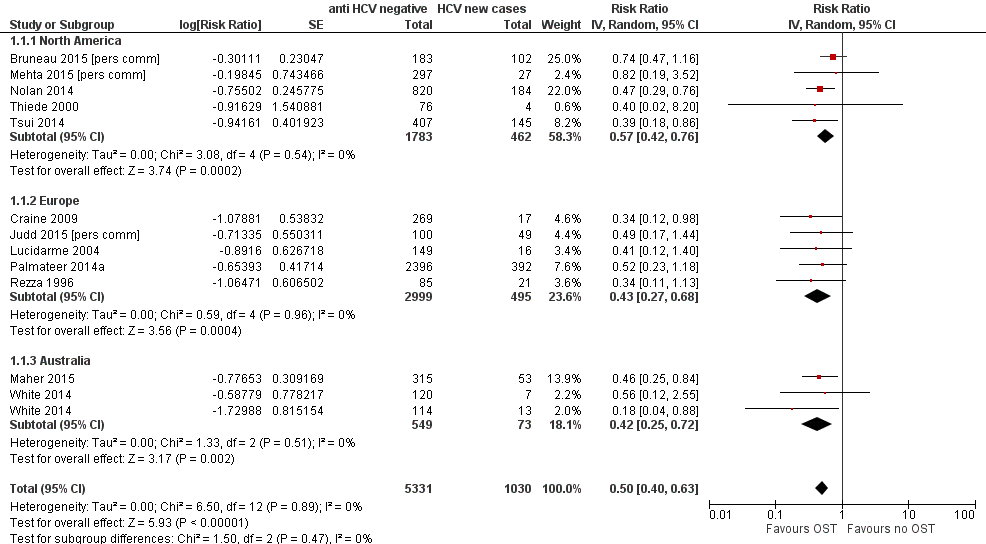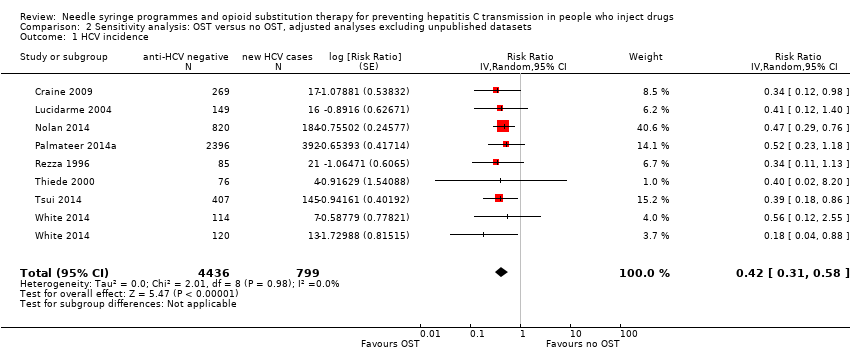Contenido relacionado
Revisiones y protocolos relacionados
Linda Gowing, Michael F Farrell, Reinhard Bornemann, Lynn E Sullivan, Robert Ali | 10 agosto 2011
Tara Carney, Marie Claire Van Hout, Ian Norman, Siphokazi Dada, Nandi Siegfried, Charles DH Parry | 18 febrero 2020
Conor Gilligan, Luke Wolfenden, David R Foxcroft, Amanda J Williams, Melanie Kingsland, Rebecca K Hodder, Emily Stockings, Tameka‐Rae McFadyen, Jenny Tindall, Shauna Sherker, Julie Rae, John Wiggers | 19 marzo 2019
Amanda E Perry, Matthew Neilson, Marrissa Martyn‐St James, Julie M Glanville, Rebecca Woodhouse, Christine Godfrey, Catherine Hewitt | 2 junio 2015
Mishka Terplan, Shaalini Ramanadhan, Abigail Locke, Nyaradzo Longinaker, Steve Lui | 2 abril 2015
Soraya Mayet, Michael F Farrell, Marica Ferri, Laura Amato, Marina Davoli | 15 abril 2014
Jan Klimas, Christopher Fairgrieve, Helen Tobin, Catherine‐Anne Field, Clodagh SM O'Gorman, Liam G Glynn, Eamon Keenan, Jean Saunders, Gerard Bury, Colum Dunne, Walter Cullen | 5 diciembre 2018
David R Foxcroft, Alexander Tsertsvadze | 11 mayo 2011
Linda Gowing, Robert Ali, Jason M White, Dalitso Mbewe | 21 febrero 2017
Linda Gowing, Michael Farrell, Robert Ali, Jason M White | 3 mayo 2016
Respuestas clínicas Cochrane
Jane Burch, Sera Tort | 4 abril 2018






















